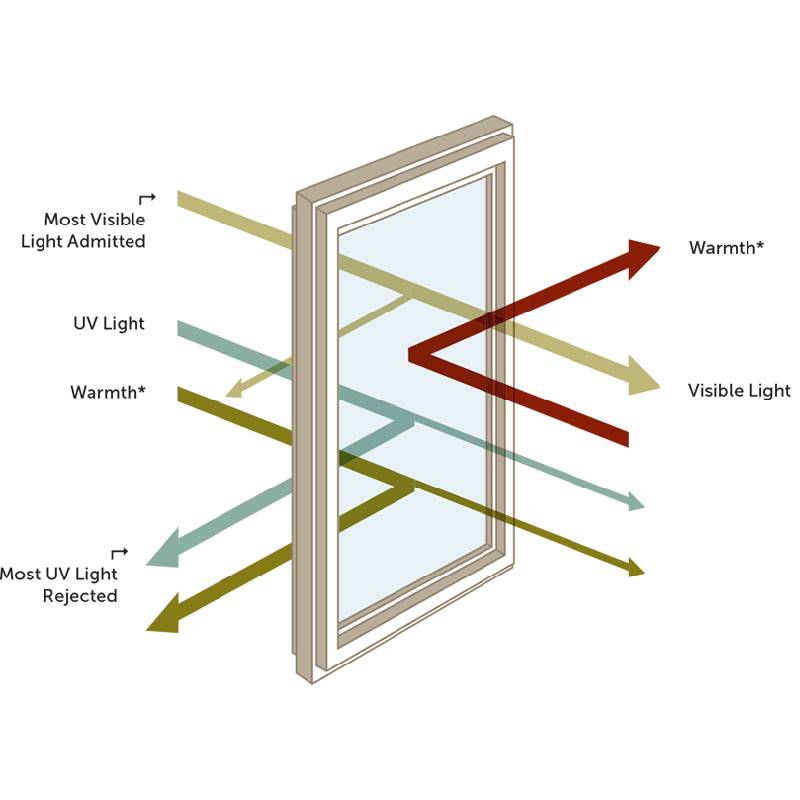Mirror reflective glass has emerged as an innovative and essential material in the realms of modern architecture and interior design. Its multifaceted applications, ranging from skyscraper facades to chic bathroom interiors, have propelled it to the forefront of the design industry. This article delves into the unique features, advantages, and practical applications of mirror reflective glass, making a compelling case for its integration in your next project.

Mirror reflective glass, a product of state-of-the-art technology and craftsmanship, offers an outstanding combination of transparency and reflectivity. The defining characteristic of this glass is its reflective coating, typically made of metallic oxides, applied during the float glass production process. This ingenious coating not only enhances the aesthetic appeal of structures but also significantly boosts their energy efficiency. Architects and designers can harness this material to create visually captivating environments that interact dynamically with natural light.
First and foremost, mirror reflective glass is celebrated for its aesthetic versatility. Its ability to both reflect and transmit light allows it to create stunning visual effects, enhancing the architectural elegance of any building. Whether used in the exteriors of commercial skyscrapers, stylish partitions within office spaces, or as statement pieces in residential interiors, this glass offers a unique way to innovate and elevate design standards. The reflective quality can either blend structures into their surrounding environment or allow them to stand out boldly, depending on the desired outcome.

Beyond aesthetics, the functional benefits of mirror reflective glass are compelling. Its reflective coating acts as a barrier against solar heat, making it an invaluable tool for improving a building's energy efficiency. By reflecting sunlight, this glass reduces the need for artificial cooling systems, which can lead to significant cuts in energy consumption and utility costs. This contribution to sustainable design not only aligns with global environmental goals but also enhances the property's value by offering long-term cost savings.
The durability of mirror reflective glass is another notable advantage. It is designed to withstand harsh environmental conditions, from intense UV radiation to extreme weather changes, without losing its luster or structural integrity. This durability ensures that buildings maintain their aesthetic appeal and functionality over time, reducing the necessity for frequent replacements or maintenance, thus providing a cost-effective solution for developers and property owners.
mirror reflective glass
Incorporating mirror reflective glass into design practices also enhances building safety and security. Depending on the thickness and lamination, it can offer varying degrees of impact resistance, adding an extra layer of protection against break-ins or accidental damage. This quality, combined with its ability to regulate indoor temperature and filter harmful UV rays, makes mirror reflective glass an excellent choice for creating safe, comfortable, and protective living and working spaces.
For interior applications, mirror reflective glass brings an undeniable sophistication and modern appeal. Its ability to manipulate space perception by reflecting interiors can make small spaces appear larger and more open, a trick often employed by interior designers in urban environments where space is a premium. In commercial spaces, such as retail stores or luxury hotels, this glass becomes a crucial element in crafting a premium, welcoming atmosphere that captivates customers and guests.
The widespread acclaim and adoption of mirror reflective glass in various architectural projects also underscore its proven track record of reliability and quality. Many leading architects and design firms have integrated this material into their landmark projects, attesting to its authoritative presence in the industry. Its successful use in iconic structures serves as a testament to its nonpareil blend of beauty, efficiency, and robustness, reinforcing its status as an indispensable resource for modern architecture and design.
For those considering the inclusion of mirror reflective glass in their projects, partnering with reputable suppliers and manufacturers is crucial. Opt for companies that offer comprehensive warranties and have a history of excellence in glass production. This will ensure access to high-quality materials that meet stringent industry standards, guaranteeing that projects not only meet aesthetic and functional expectations but also adhere to safety and regulatory requirements.
In conclusion, mirror reflective glass stands out as a transformative material offering unparalleled benefits. Its ability to enhance aesthetics, improve energy efficiency, and provide safety and durability makes it an essential consideration for modern architectural and design projects. By tapping into its potential, designers and architects can craft environments that are as functional as they are beautiful, setting new benchmarks in the industry and paving the way for a sustainable future.



